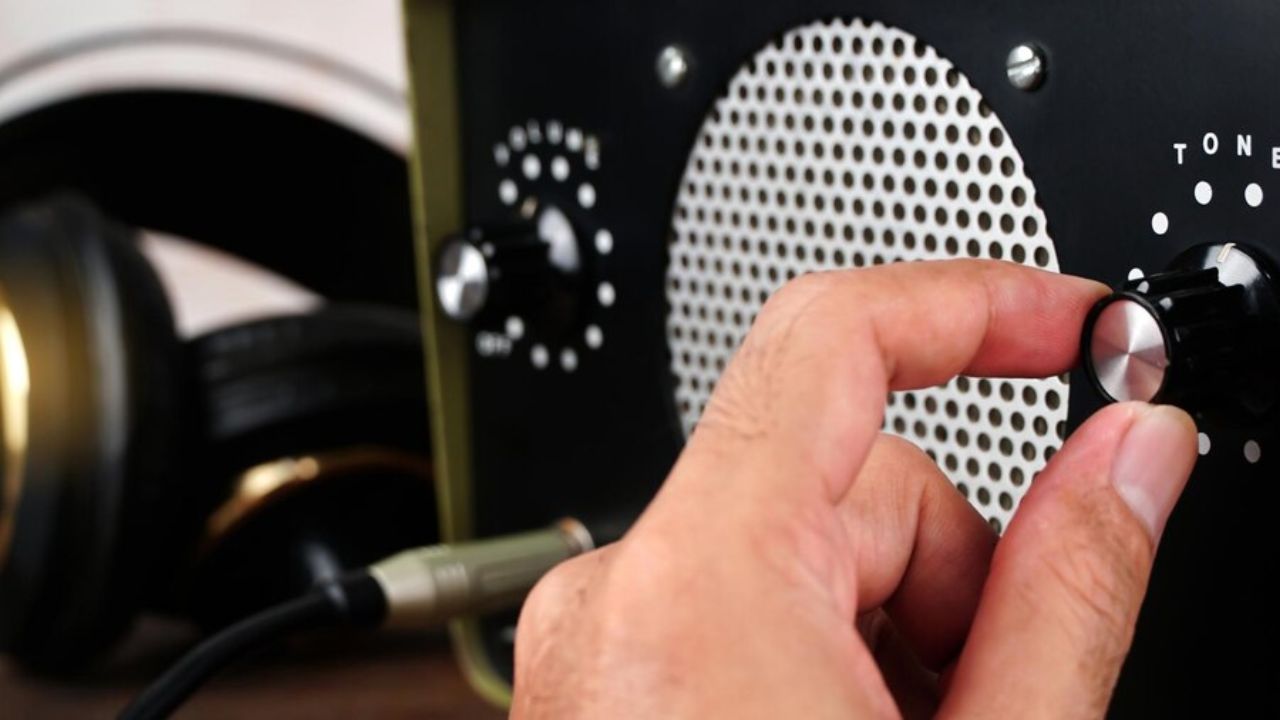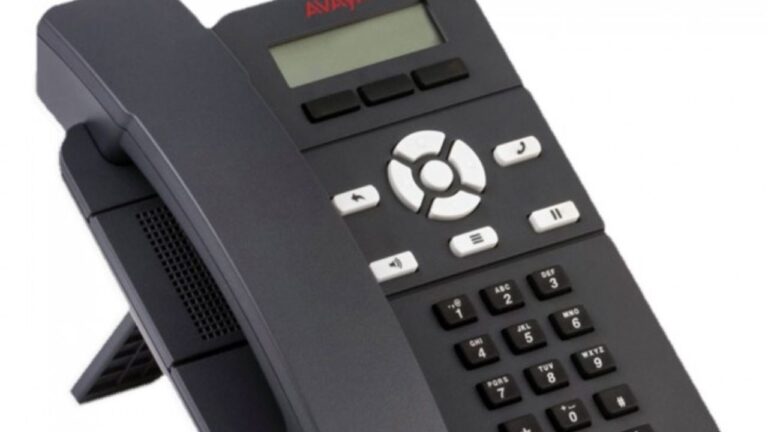Denon D-M51 Master Volume Only Atg Very Low Levels
The Denon d-m51 master volume only atg very low levels, has a reputation for delivering exceptional sound quality. However, some users have reported an issue where the master volume remains at very low levels, regardless of adjustments. If you’re experiencing this issue, you’re not alone. This guide explores the potential causes and solutions to help you restore the system’s functionality and enjoy its full audio capabilities once again.
Understanding the Denon D-M51 Master Volume Issue
The Denon D-M51 is engineered to provide premium sound, but like any electronic device, it can encounter occasional hiccups. When the master volume only outputs at very low levels, it can stem from several factors, including user settings, internal hardware issues, or external influences. Troubleshooting requires systematically identifying the root cause.
Common Causes of Low Volume Output
1. Incorrect Audio Settings
Sometimes, the simplest explanation is the most likely. Incorrect audio settings, such as balance or equalizer adjustments, can inadvertently limit the volume.
- Balance Settings: Ensure the balance is set to the center position, as misalignment can direct audio to only one channel.
- Tone Control: If the bass or treble levels are excessively adjusted, they might muffle sound output.
2. Faulty Volume Knob or Remote Control
Wear and tear on the physical volume knob or remote control buttons can result in erratic behavior.
- Remote Control: Check the battery level and ensure there’s no signal interference.
- Volume Knob: Dirt or debris inside the knob’s mechanism can cause it to misbehave.
3. Speaker Configuration Issues
The Denon D-M51 supports a variety of speaker setups. Ensure your speakers are compatible and correctly wired.
- Check for loose or frayed speaker wires.
- Verify the impedance of the speakers matches the receiver’s requirements.
4. Internal Hardware Problems
Hardware issues, such as a failing amplifier or damaged components, could be limiting the power output to your speakers.
- A damaged power supply might not be delivering enough voltage to the amplifier.
- Faulty capacitors or resistors can reduce sound amplification.
5. Firmware or Software Glitches
Occasionally, outdated or corrupted firmware can cause audio malfunctions.
- Check for available updates for the Denon D-M51.
- Perform a factory reset to restore default settings.
How to Fix the Denon D-M51 Master Volume Issue
Inspect and Reset Audio Settings
Begin with the basics:
- Access the settings menu on the unit or remote.
- Reset tone, balance, and equalizer settings to their default states.
- Test the volume after making these adjustments.
Clean the Volume Knob and Remote Control
Physical cleaning can resolve mechanical issues.
- Use compressed air or a soft brush to remove debris around the volume knob.
- Replace the remote batteries and test it on other functions to ensure it’s fully operational.
Examine Speaker Connections
Proper speaker connections are critical.
- Disconnect all wires and inspect them for damage.
- Reconnect wires securely, ensuring the positive and negative terminals are correctly aligned.
- Test the speakers individually to identify any faulty ones.
Check the Amplifier and Internal Components
If basic troubleshooting fails, the issue might be hardware-related.
- Open the unit and visually inspect for damaged capacitors or burnt components (if you’re comfortable with electronics).
- Consult a professional technician for a more thorough diagnosis.
Update Firmware and Factory Reset
To address potential software glitches:
- Visit Denon’s official website and search for firmware updates specific to the D-M51 model.
- Perform a factory reset by following the steps in the user manual.
Preventing Future Issues with the Denon D-M51
Maintain Cleanliness
Regularly clean the device to prevent dust buildup on controls and internal components.
Avoid Overloading the System
Stick to recommended speaker configurations and avoid overdriving the system with excessive volume levels.
Perform Routine Inspections
Check cables, connections, and settings periodically to ensure everything is functioning optimally.
Is the Denon D-M51 Still Worth It?
Despite occasional issues, the Denon D-M51 remains a reliable and high-quality audio system. Its compact design, excellent sound reproduction, and versatility make it a favorite among audiophiles. With proper care and maintenance, this system can deliver years of enjoyment.
Conclusion
The Denon D-M51 is a sophisticated audio system that occasionally encounters issues with low volume output. By systematically troubleshooting and addressing potential causes—ranging from incorrect settings to hardware malfunctions—you can restore the system’s performance and continue enjoying its excellent sound quality. Regular maintenance, proper speaker setups, and software updates are key to preventing such issues in the future.
FAQs
What should I do if resetting the Denon D-M51 doesn’t fix the issue?
If a factory reset fails to resolve the problem, it’s advisable to consult a certified Denon repair technician. Hardware failure might require professional intervention.
Why is only one speaker producing sound?
This could be due to an imbalance setting, a loose wire, or a faulty speaker. Check all connections and test the speakers individually.
Can outdated firmware affect volume levels?
Yes, outdated firmware can cause glitches that affect the audio output. Updating to the latest firmware version often resolves such issues.
How do I perform a factory reset on the Denon D-M51?
Refer to the user manual for detailed instructions on performing a reset. Typically, it involves pressing and holding specific buttons on the unit.
What kind of speakers are compatible with the Denon D-M51?
The system works best with speakers that match its impedance and power requirements, typically 6 to 8 ohms.
Is it safe to open the Denon D-M51 and inspect internal components?
If you’re knowledgeable about electronics, it’s safe to open the unit. Otherwise, leave it to a professional to avoid further damage.







